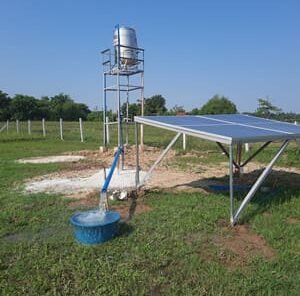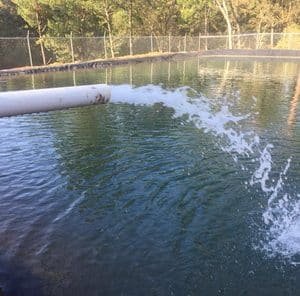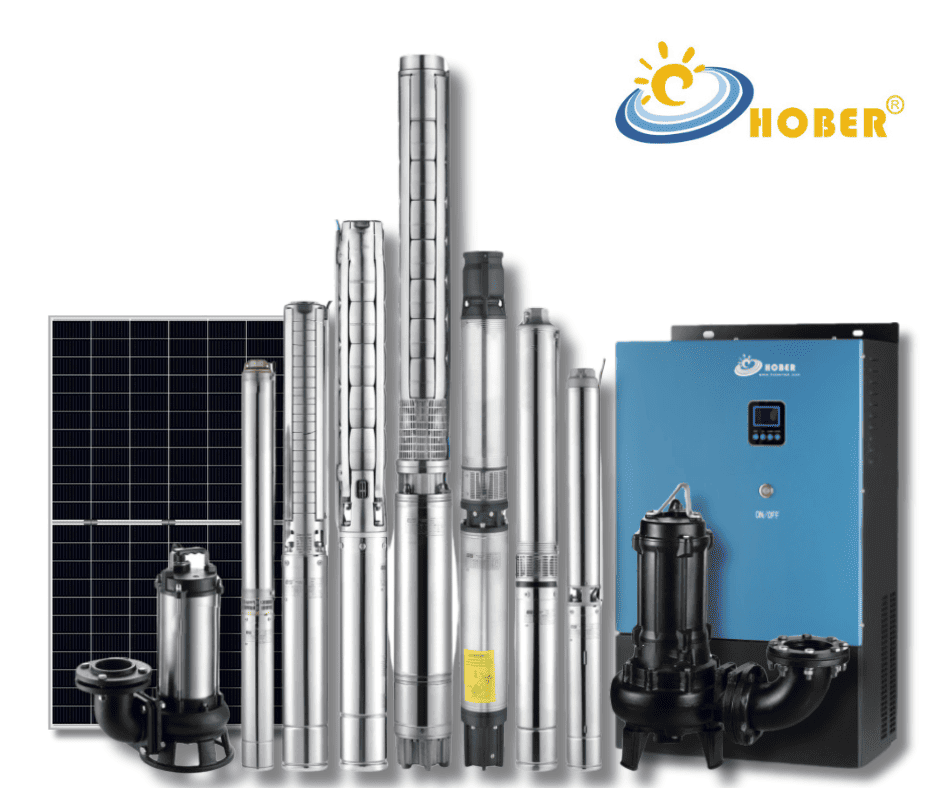Introduction
Solar pump systems use solar energy to power water pumps, which can be used for irrigation, water supply, and other applications. Solar pump inverters are a key component of solar pump systems, converting the direct current (DC) output of the solar panels into alternating current (AC) that can be used to power the water pump.
This guide provides detailed information on how to select the right solar pump inverter for your needs.
User Input
The following information is required to select a solar pump inverter:
- Water pump power (in watts)
- Water pump voltage (in volts)
Inverter Selection
The inverter selection process can be summarized as follows:
- Determine the type of pump: Single-phase or three-phase
- Select an inverter with a power that is greater than or equal to the pump power: This ensures that the inverter has enough power to supply the pump with the electricity it needs.
- Ensure that the inverter’s input voltage range is compatible with the pump voltage: The input voltage range must be less than or equal to the pump voltage for single-phase pumps, and greater than or equal to the pump voltage for three-phase pumps.
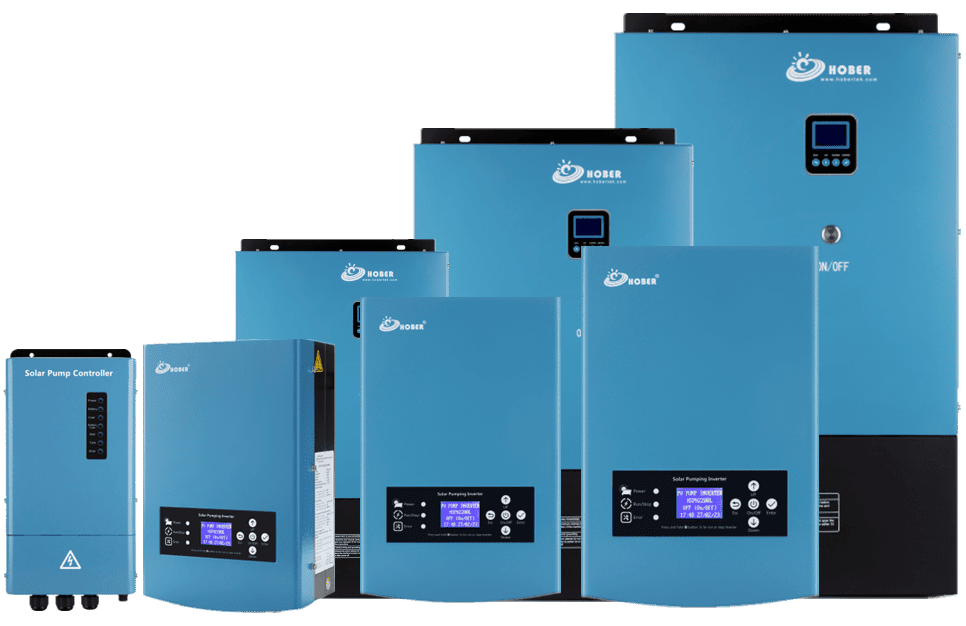
Solar Panel Configuration
The solar panel configuration is also an important factor to consider when selecting a solar pump inverter. The total solar panel power should be greater than or equal to 1.3 times the pump power, and less than or equal to 2 times the pump power.
For single-phase inverters, the open circuit voltage (Voc) of the solar panels in series should be less than or equal to 450 volts, and the maximum power point voltage (Vmp) should be greater than or equal to 300 volts.
For three-phase inverters, the Voc of the solar panels in series should be less than or equal to 800 volts, and the Vmp should be greater than or equal to 560 volts.
If a series connection does not meet these conditions, additional parallel connections can be used to increase the solar panel power.
Example
Suppose you have a 1,500-watt water pump with a voltage of 300 volts. You also have existing solar panels with a power of 450 watts each, an open circuit voltage (Voc) of 47 volts, and a maximum power point voltage (Vmp) of 41 volts.
Based on the information above, you would need a single-phase inverter with a power output of at least 1,500 watts and an input voltage range of less than or equal to 450 volts.
The HSPH1500LB inverter would be a good choice in this case. It has a power output of 1,500 watts and an input voltage range of 200 to 450 volts.
The total solar panel power would need to be at least 2,925 watts, or 1.95 times the pump power. This means that you would need at least six solar panels in series.
Since your existing solar panels have a Voc of less than or equal to 450 volts and a Vmp of greater than or equal to 300 volts, they would be compatible with the HSPH1500LB inverter.
Therefore, you could use your existing solar panels with the HSPH1500LB inverter.
Conclusion
By following the steps outlined in this guide, you can select the right solar pump inverter for your needs.
Additional Considerations
In addition to the factors discussed above, there are a few other things to keep in mind when selecting a solar pump inverter:
- Efficiency: The efficiency of the inverter is an important factor to consider, as it affects how much of the solar energy is converted into AC power.
- Noise level: If the inverter will be located near a populated area, the noise level is an important factor to consider.
- Warranty: Make sure to select an inverter with a good warranty.
By carefully considering all of these factors, you can select the right solar pump inverter for your needs and ensure that your solar pump system operates efficiently and reliably.

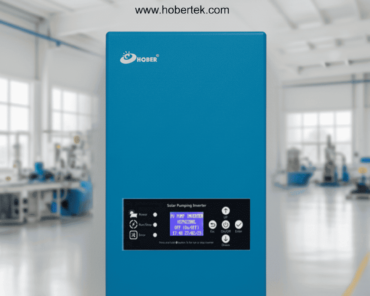
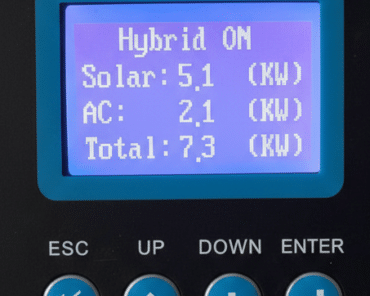
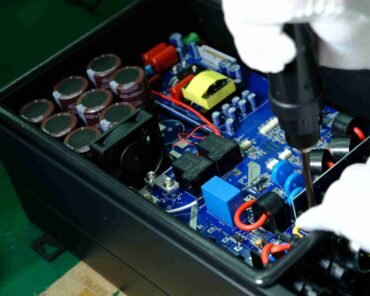
](https://hobertek.com/wp-content/uploads/2025/03/solar-pump-inverter-for-irrigation-efficient-water-pumping-solution-370x296.png)

